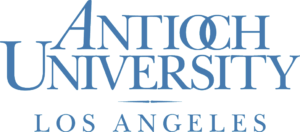NLB: Oil Painting
Artist Statement
NLB stands for Negro Leagues Baseball. There were many leagues. Often unsteady ventures that followed the warm weather and the patronage of a smaller segment of the population, they were founded, they collapsed, merged, changed names, and transferred cities. Yet their shoestring budgets and changeable rosters managed to create a brand of segregated baseball that was equal and often superior to major league baseball, to White segregated baseball.
These painted abstractions are based on photographs and uniforms of the teams that made up the Negro Leagues. Their variation parallels the often inconsistent recordkeeping (statisticians cost money that these teams often couldn’t spare) that has produced a historical record of Negro Leagues Baseball that is often constructed substantially of word of mouth, faltering memories, and fable.
Post-War integration saw the slow peppering of White baseball with Black players and by 1981 Black ballplayers represented 18.7% of major leaguers. Yet the participation of African Americans in contemporary baseball has been falling steadily since the 1980s; the current rate is just 7.7%, only slightly above the 1958 level—amounting to a second twilight for the Negro Leagues.
As a child, I was fascinated with a baseball that my father kept on his dresser. It was autographed by Ernie Banks. For him there were only two baseball players—Mickey Mantle and Ernie Banks. Those two players, one White and the other Black, represented for him all that was perfect and flawed about baseball: loyalty and exclusion, perennial triumph and consistent failure, the glare of success and the tattoo of futility. Neither player made much of an impression on me as a child; I was much too young and their playing days were over. They were merely archetypes.
For me, baseball has always been an abstraction.

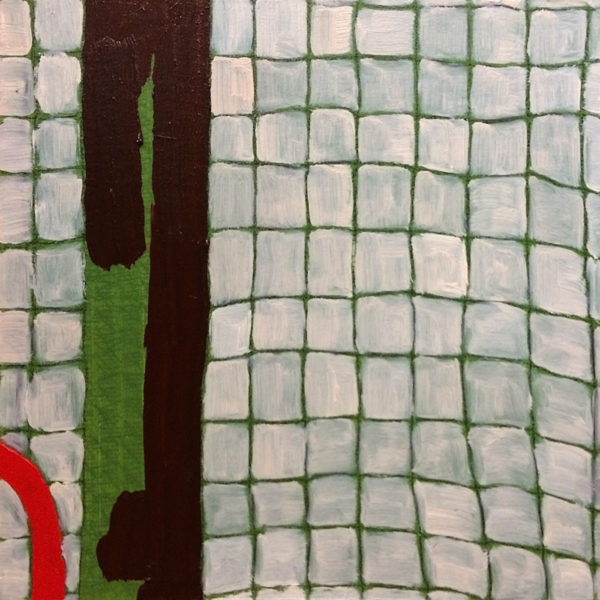

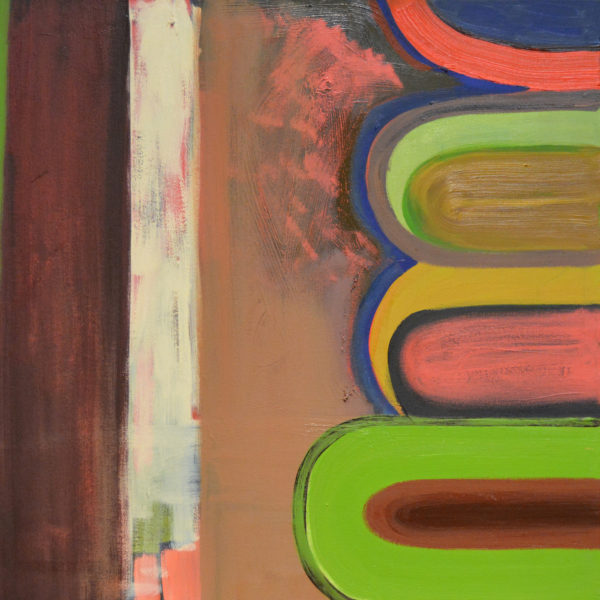
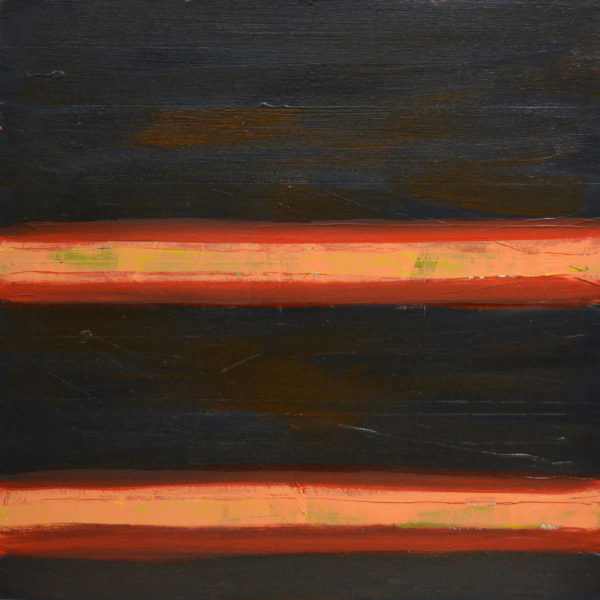
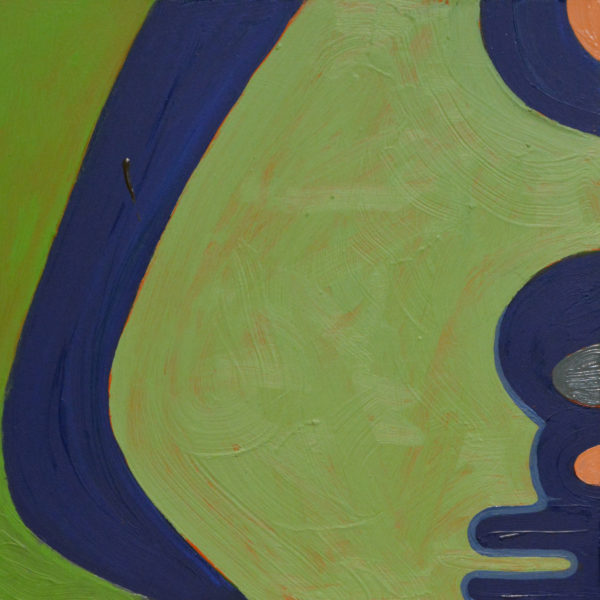
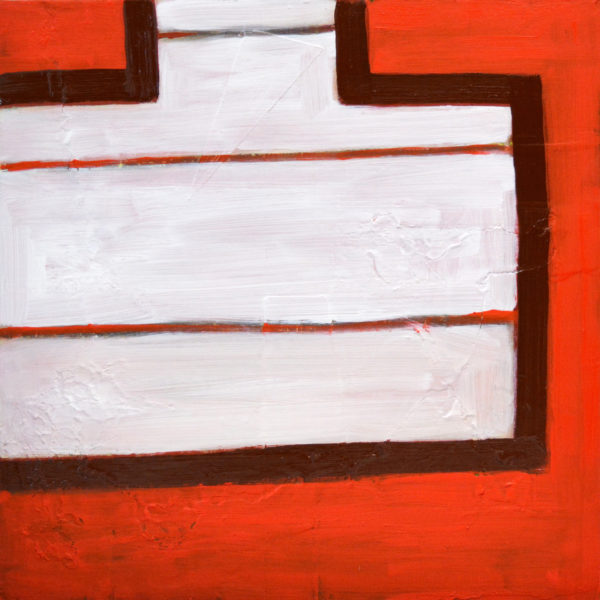
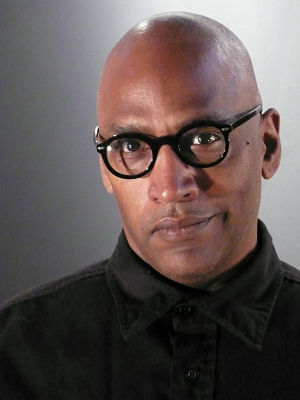 A former Chicago firefighter, Max King Cap is an arts writer and visual artist who lives in Los Angeles. His work has been seen in galleries and museums in Vienna, New York, Stuttgart, and numerous other cities in Europe and the US. He co-edited, with MacArthur Fellow Claudia Rankine, The Racial Imaginary. Among several awards, he is also the recipient of Creative Capital and Artadia grants, and was most recently a finalist for the Andy Warhol Arts Writer Grant. He earned his MFA from the University of Chicago and his doctorate from USC.
A former Chicago firefighter, Max King Cap is an arts writer and visual artist who lives in Los Angeles. His work has been seen in galleries and museums in Vienna, New York, Stuttgart, and numerous other cities in Europe and the US. He co-edited, with MacArthur Fellow Claudia Rankine, The Racial Imaginary. Among several awards, he is also the recipient of Creative Capital and Artadia grants, and was most recently a finalist for the Andy Warhol Arts Writer Grant. He earned his MFA from the University of Chicago and his doctorate from USC.


